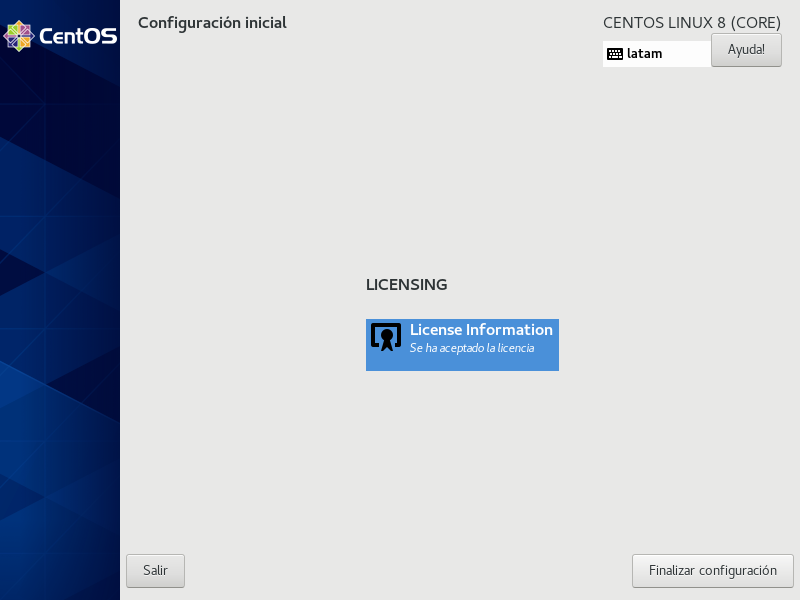
# Optional - enlarge disk (will also convert the format from VMDK to VDI): # Log in as user "vagrant", password "vagrant".

# After reboot, the VM screen should show the LightDM login screen. Update: I've created a GitHub repo from this example, and added many software packages for frontend + backend development. Here is a slightly adapted Vagrantfile for Ubuntu 18.04 LTS / bionic - thanks to Air's and Nik's answers, and this post explaining how to increase the disk size when using VirtualBox (default = 10 GB). If it's missing, you can replace with the equivalent: sudo VBoxClient -clipboard Update 2: Tried this today and the VBoxClient-all script isn't always installed.

$ sudo apt-get install -y xfce4 virtualbox-guest-dkms virtualbox-guest-utils virtualbox-guest-x11 This will give you a healthy screen resolution, integrated mouse, etc. Next, install the VirtualBox guest tools before starting the GUI.To do this you need to permit anyone to start the GUI: sudo vim /etc/X11/nfig and edit it to allowed_users=anybody. You really want to stay the vagrant user. Update: For a better experience, I recommend these improvements: That's it, you should be landed in a xfce4 session. If this is the first time you're running this Ubuntu environment, you'll need to run the following command before installing xfce4: Now you just need to install and start xfce4. Boot the VM and observe the new display window.Halt the VM and uncomment these lines in Vagrantfile: Next, enable the VirtualBox display, which is off by default.You should be able to boot it and vagrant ssh. The advice from didn't quite work for me, so try this simplified version:

I just got this working with basically three steps. How to create a virtual machine with a complete GUI using vagrant? So shared folders are not created, nor the package provisioner -puppet- is executed. After a while Vagrant crashes due timeout. But when I type "vagrant up", although the desktop appears, and I am able to login properly, Vagrant freezes at the message "Waiting for machine to boot. So far, I've managed to create a "base" box from a Xubuntu distribution. We would need to have our development environment within the machine, so we would need a complete GUI, so when typing "vagrant up" a machine with a complete desktop environment (XFCE, KDE.) should appear. However, Vagrant seems very focused to develop on the host, letting the machine in the background. Combined to puppet, this would solve us the problem that everyone have different software versions installed in the VM. We would like to move one step further, and use the capabilities of Vagrant to have the description of the machine in a text file and then be able to "raise" that machine based on that text file. My company's development environment is based on virtual machines, running on VirtualBox.


 0 kommentar(er)
0 kommentar(er)
